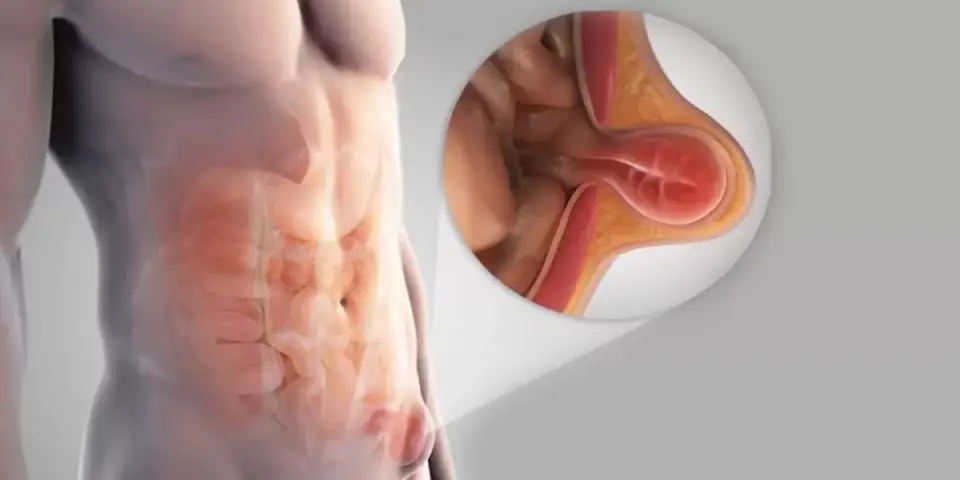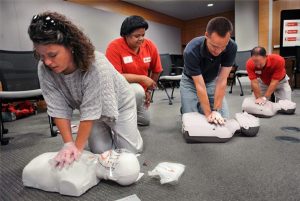Hernia Surgery: Types, Procedures, and Recovery Guide

What Is a Hernia?
A hernia occurs when an organ, typically part of the intestine, pushes through a weakened spot in the surrounding muscle or connective tissue. Hernias can occur in various areas of the body, including the groin, upper thigh, abdomen, or near the belly button.
The most common types of hernias include:
- Inguinal Hernias: Occur in the groin; most common in men
- Femoral Hernias: Appear in the upper thigh; more common in women
- Umbilical Hernias: Near the navel; often seen in infants and adults with obesity
- Hiatal Hernias: Occur in the upper stomach, often causing reflux
Without surgical treatment, hernias may enlarge, become painful, or lead to serious complications such as incarceration or strangulation.
Signs and Symptoms of a Hernia
Symptoms of a hernia vary depending on the type and severity, but common signs include:
- A visible bulge or lump in the affected area
- Pain or discomfort, especially when coughing, lifting, or bending
- A heavy or dragging sensation in the groin or abdomen
- Nausea, vomiting, or severe pain if the hernia becomes strangulated
Early detection and medical evaluation are essential to prevent complications and plan for timely repair.
Types of Hernia Surgery
Hernia surgery repairs the weakened area and prevents organs or tissue from protruding. The surgical approach depends on the hernia type, size, and patient’s overall health.
Open Hernia Repair
Open repair is the traditional method in which the surgeon makes a single incision over the hernia. The protruding tissue is returned to its proper place, and the abdominal wall is reinforced with sutures or surgical mesh. Open surgery is often used for larger or complicated hernias.
Laparoscopic Hernia Repair
Laparoscopic repair is minimally invasive, using several small incisions, a camera, and specialized instruments to perform the repair. Mesh is commonly used to reinforce the abdominal wall. Benefits include:
- Reduced post-operative pain
- Smaller scars
- Faster recovery and return to daily activities
Robotic Hernia Surgery
Robotic-assisted surgery is a modern technique that enhances precision and control, especially helpful for recurrent or complex hernias. The surgeon operates from a console, controlling robotic instruments to repair the hernia with greater accuracy.
Preparing for Hernia Surgery
Proper preparation is key to a smooth surgical experience. Patients should:
- Share their full medical history and current medications with the surgeon
- Stop smoking to promote faster healing
- Arrange for post-surgery assistance at home
- Follow preoperative instructions regarding fasting or medication adjustments
Patients with obesity or related health conditions may also benefit from consulting weight management specialists to optimize surgical outcomes. Centers such as Torrance Bariatrics Institute often coordinate care for patients who require additional support before or after surgery.
Recovery After Hernia Surgery
Recovery depends on the type of surgery performed:
- Open repair: Most patients resume light activities within 1–2 weeks, with full recovery in 4–6 weeks
- Laparoscopic/robotic repair: Many patients return to normal activities within 1–2 weeks, with minimal post-operative discomfort
Tips for a smooth recovery include:
- Walking regularly to promote circulation
- Avoiding heavy lifting for several weeks
- Eating a high-fiber diet to prevent constipation and straining
- Following all post-operative instructions carefully
Risks and Complications
While hernia surgery is generally safe, potential risks include:
- Infection at the incision site
- Bleeding or hematoma
- Recurrence of the hernia
- Chronic pain or nerve irritation
Choosing an experienced surgeon and a reputable surgical center minimizes the risk of complications and improves long-term outcomes.
When to Seek Immediate Medical Attention
Immediate medical evaluation is required if a hernia becomes:
- Painful or irreducible
- Red, swollen, or tender
- Associated with nausea, vomiting, or fever
- Showing signs of infection at the incision site
Prompt treatment can prevent serious complications and improve recovery.
Long-Term Care and Prevention
After hernia repair, long-term outcomes improve with:
- Maintaining a healthy weight
- Strengthening core muscles through gentle exercise
- Avoiding heavy lifting or activities that strain the abdomen
- Managing chronic conditions like cough, constipation, or obesity
Hernia repair offers excellent long-term results, particularly when performed at specialized centers with experienced surgeons.
Conclusion
Hernia surgery is a safe and effective solution for repairing weakened abdominal walls and preventing serious complications. Proper preparation, skilled surgical care, and attentive post-operative management are essential for a successful recovery. Patients with additional health considerations may find coordinated care at specialized facilities like Torrance Hernia Center beneficial in achieving the best surgical outcomes.



